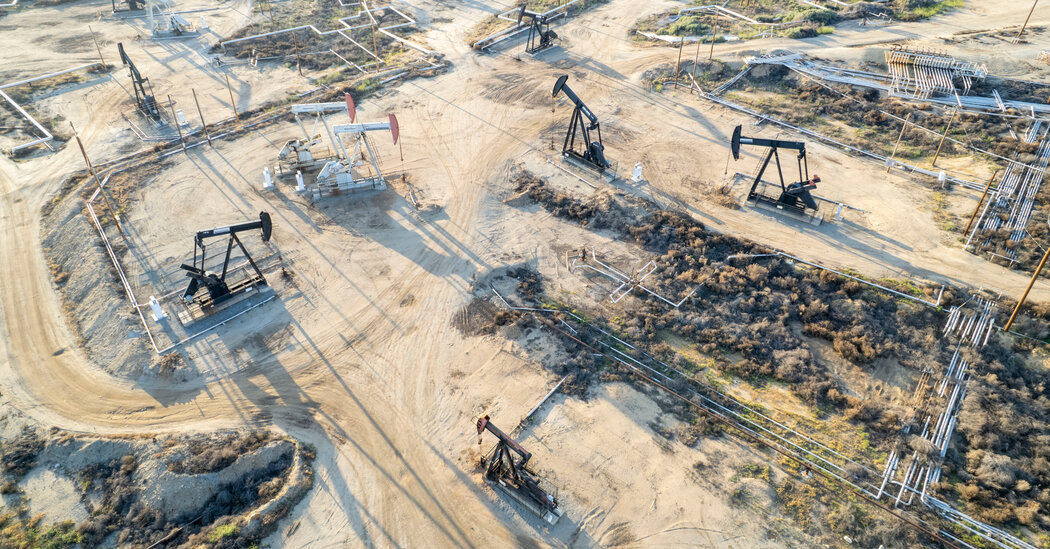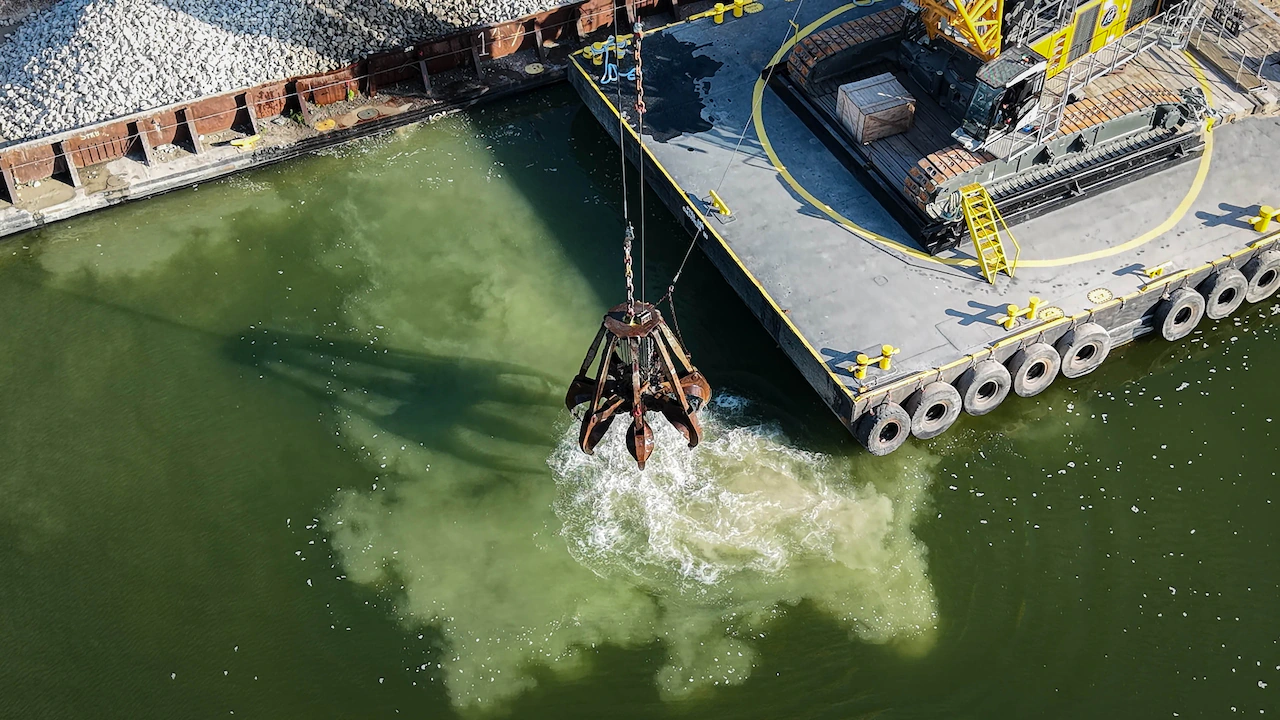Copyright informalnewz

To combat pollution in Delhi, a trial of cloud seeding was conducted on October 28th. AgI chemicals were delivered by plane. It takes anywhere from 15 minutes to four hours for water droplets or ice crystals to form in clouds. Therefore, it takes time for rain to occur. If the trial is successful, this process will be implemented regularly. Cloud seeding in Delhi: Delhi’s air has once again become toxic. The Air Quality Index has reached above 300, a very poor level. In response, the Delhi government today (October 28, 2025) conducted a trial of cloud seeding. This technique produces artificial rain by injecting chemicals into clouds, which can wash away pollution. But the question is: why does it take 15 minutes to 4 hours for rain to occur after seeding? What is cloud seeding? Cloud seeding is an 80-year-old weather modification technique. It involves injecting chemicals into clouds to induce rain or snow. Natural clouds require nuclei—such as dust or salt particles—to form water droplets or ice crystals. However, sometimes clouds remain dry due to a lack of these. Cloud seeding intensifies rainfall by injecting these artificial nuclei. Scientific Fact: It can be glaciogenic (for cold clouds) or hygroscopic (for warm clouds). Delhi mostly uses silver iodide (AgI), which helps form ice crystals. Statistic: This technology produces 5-15% more rainfall worldwide. For example, the Reno area in the US experienced a 10% increase. Cloud seeding is carried out over Delhi today to trigger artificial rain. Will it rain? Lets see pic.twitter.com/RH1j7As7Xa— Dr. Vineet Kumar (@vineet_mausam) October 28, 2025 Why Cloud Seeding in Delhi? Delhi is the world’s most polluted city. In winter, PM2.5 particles from stubble burning and vehicles are released into the air. Cloud seeding will wash away these particles if it rains. In May 2025, the Delhi Cabinet approved ₹3.21 crore for five trials. An MoU was signed with IIT Kanpur in September. Today’s Trial: Seeding was conducted from an aircraft on October 28th between 12:30 and 1 p.m. Previously, it had been postponed several times due to lack of clouds. Environment Minister Manjinder Singh Sirsa said that rain could occur soon. This was focused on parts of Delhi-NCR. A total of five trials will be conducted, costing approximately ₹6.4 million per trial. The Complete Process of Cloud Seeding This process is carried out by an aircraft flying overhead or a ground generator. An aircraft was used in Delhi. Let’s understand in 6 steps… Cloud Selection: Radar and satellites are used to locate clouds containing supercooled water (water below 0°C). In Delhi, clouds were selected at an altitude of 2-5 kilometers. Fact: Cloud temperatures must be between -5°C and -20°C for AgI to work. Seeding: An aircraft flies into the cloud and releases tiny crystals (0.1-1 micron in size) of AgI. These crystals form ice nuclei. Statistics: 100-500 grams of AgI is used per kilometer. In the Delhi trial, one aircraft deposited 10-15 kilograms of AgI. Nucleation: AgI crystals adhere to water droplets to form tiny ice embryos. These grow rapidly at -10°C. Fact: A single AgI particle can produce 100-1000 ice crystals. Growth & Coalescence: Ice crystals absorb moisture from the air and grow larger. In cold clouds, these ice crystals melt and fall (turning into rain). In warm clouds, salt particles bind the droplets. Figure: Crystals can grow 10-100 microns in 1 minute. Precipitation: Larger particles become heavier and fall. Wind shear disperses them. Fact: It takes 10-30 minutes to travel 2-4 km from cloud base to the ground. Rain Distribution: Rain falls over an area of 10-50 square kilometers. The target for Delhi is 5-10 mm of rain. Why does it take 15 minutes to 4 hours? The reason it doesn’t rain immediately after seeding is due to the natural process. This is the ‘trigger,’ not magic… 15-30 minutes (immediate effect): Nuclei begin to form 15 minutes after seeding. If the clouds are ready, light droplets may fall. Fact: After aircraft release, AgI spreads within the cloud within 5-10 minutes. 30 minutes to 1 hour (main growth): 20-40 minutes for crystals to grow. Particles are carried downwind. Figure: In the CAIPEEX experiment (India), the first droplets fell in 25-45 minutes in a supercooled cloud. 1-4 hours (full rain): Large particles take 1-2 hours to form, melt, and disperse. If the wind is slow or the clouds are high, it may take up to 4 hours. Fact: The Israeli experiment averaged 45-90 minutes, but a maximum of 3-4 hours. The delay increases with wind speeds of 10-20 km/h. Statistics: According to the World Meteorological Organization (WMO), 70% of cases show results within 20-60 minutes. However, 20-30% take 2-4 hours, depending on cloud thickness (1-3 km) and humidity (relative humidity 80-100%). In today’s trial in Delhi, light rain is expected within 1-2 hours. Success Statistics and Benefits: How Effective? Growth Rate: 5-15% more rainfall. Examples: 10-12% increase in Idaho (USA). 10-20% in CAIPEX, India.Cost-Benefit: 500-1000 rupees per millimeter of rainfall. Five trials in Delhi could result in 50-100 mm of rainfall, which could bring the AQI down to 100-150.Benefits: Reduce pollution (30-50% reduction in PM2.5). Improve crop yields. Help prevent drought. Are there any disadvantages? Silver iodide is safe (WHO standard: less than 0.1 g/km²), but excessive use can accumulate in the soil. No major health effects over 70 years. However, failure rate is 20-30% if there are no clouds.



